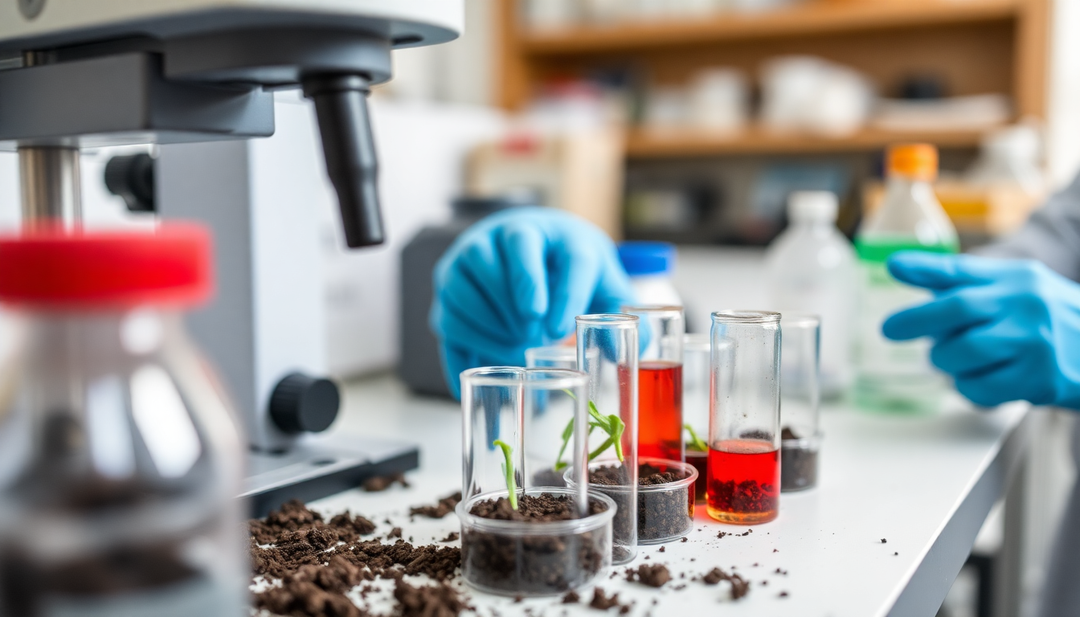Impact of PAHs and HCTs on the environment: A silent threat

Impact of PAHs and THCs on the Environment: A Silent Threat
The impact of PAHs (polycyclic aromatic hydrocarbons) and chlorinated hydrocarbons (CHTs) are persistent organic pollutants (POPs) . Indeed, they pose a serious threat to the environment and human health. These compounds are often found in petroleum products, plastics, and pesticides. They disperse easily in the environment. Furthermore, they can accumulate in food chains, leading to long-term adverse effects.
Sources of PAH and THC pollution
The impact of PAHs and HCTs is generated by various sources, including:
- Incomplete combustion of fossil fuels: The burning of coal, oil, and natural gas in power plants, vehicles, and industries releases PAHs into the atmosphere.
- Chemical Industries: The production and use of chemicals, such as pesticides, herbicides, and solvents, can release HCTs into the environment.
- Waste treatment: Waste incineration and solid waste landfill can release PAHs and THCs into the air, water and soil.
- Oil Spills: Oil spills and pipeline leaks release significant amounts of PAHs into the environment.
Environmental impacts
The impact of PAHs and THCs has adverse effects on the environment, including:
- Air pollution: Their accumulation in the air can cause respiratory problems, among other things.
- Water Pollution: PAHs and THCs can accumulate in surface and groundwater, contaminating drinking water sources and harming aquatic life.
- Soil pollution: They can accumulate in the soil, contributing to crop contamination and affecting plant growth.
- Bioaccumulation: PAHs and THCs have the ability to accumulate in animal tissues, leading to negative effects on health, reproduction and survival.
Consequences for human health
Exposure to PAHs and HCTs contributes to the increase of various health risks such as:
- Cancer : Some PAHs are known carcinogens, increasing the risk of lung, liver, and skin cancer.
- Respiratory problems: Exposure to PAHs can cause respiratory problems such as asthma, bronchitis, and pneumonia.
- Developmental Problems: Exposure to HCTs can have negative effects on brain and nervous system development in children.
- Reproductive problems: Exposure to PAHs and THCs may affect fertility and reproduction.
Solutions to reduce the impact of PAHs and HCTs
There are solutions to reduce the impact of PAHs and THCs on the environment and human health, including:
- Reduce emissions: Improve energy efficiency, use clean fuels and adopt cleaner combustion technologies to reduce PAH emissions.
- Waste management: Improve waste management practices, such as controlled incineration and recovery, to minimize PAH and THC emissions.
- Oil Spill Control: Prevent oil spills and improve cleanup procedures to minimize the release of PAHs into the environment.
- Bioremediation: Using microorganisms to break down and degrade PAHs and THCs in soil and water.
- Phytoremediation : Using plants to extract, degrade or accumulate PAHs and THCs from soil and water.
Reducing the impact of PAHs and THCs on the environment requires concerted action. Governments, industries, and citizens must work together. Furthermore, by adopting sustainable practices, we can make a difference. Furthermore, by investing in soil studies, we can better understand their state of health. Ultimately, the environment requires concerted action from governments, industries, and citizens.



